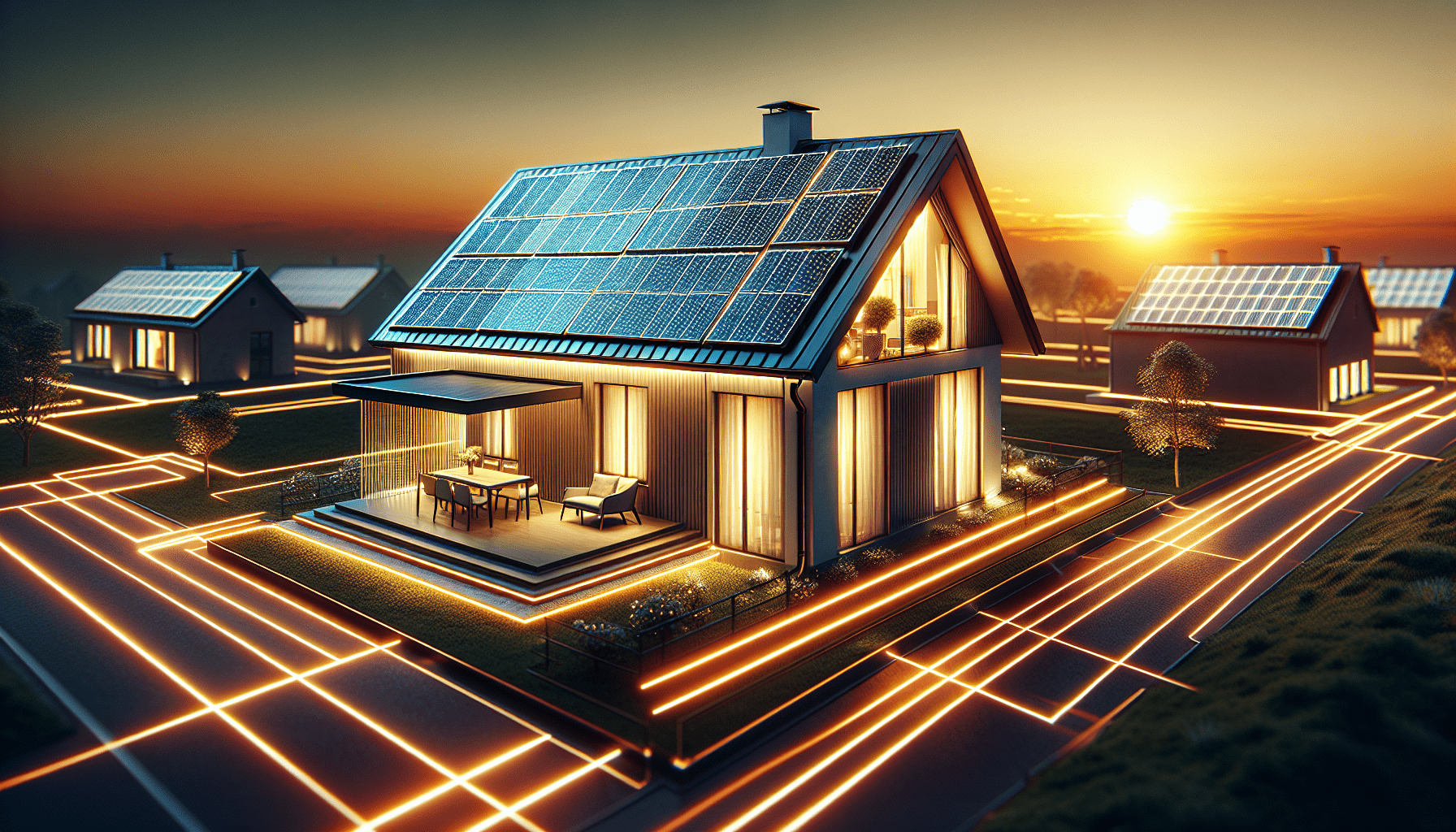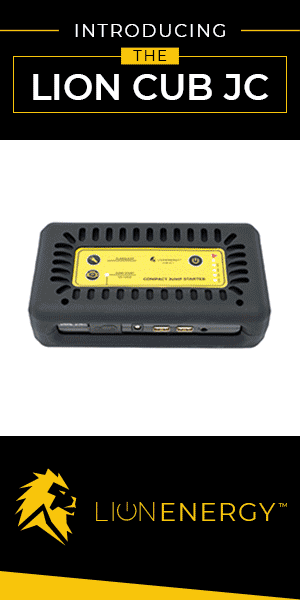Introduction
Are you exploring solar energy options but worried about the high upfront costs? Solar panel leasing is a popular alternative that allows homeowners to enjoy the benefits of renewable energy without the financial burden of purchasing panels outright. However, understanding solar panel leasing costs is essential to making an informed decision.
This guide dives deep into everything you need to know about leasing solar panels, including costs, benefits, drawbacks, and how to evaluate your options effectively.
What is Solar Panel Leasing?
Solar panel leasing lets you use a solar energy system for a monthly fee rather than buying it. With a lease, the solar provider owns the panels, handles installation, and often includes maintenance and monitoring in the agreement. This arrangement is ideal for those who want to save on electricity bills without investing thousands of dollars upfront.
A typical solar lease lasts 15 to 25 years, during which you enjoy access to solar energy while paying predictable monthly fees.
Key Factors Influencing Solar Panel Leasing Costs
1. Monthly Lease Payments
Monthly payments are the core of solar leasing costs. The amount varies depending on:
- The size of the system (measured in kilowatts).
- Your location and the amount of sunlight your property receives.
- The energy output and savings potential.
These payments generally range between $50 and $250 per month, but some companies offer zero-down leases where payments are offset by your electricity savings.
2. System Size and Energy Output
Larger systems with higher energy output cost more but may result in greater savings on utility bills. It’s important to match the system size to your household’s energy consumption.
3. Geographic Location
Where you live impacts both the cost and value of a solar lease. States with abundant sunlight and high electricity rates, such as California, Arizona, and Florida, often offer the greatest financial benefits. Additionally, some regions provide local solar incentives that reduce costs further.
4. Maintenance and Insurance
One of the perks of leasing is that most agreements include system maintenance, repairs, and insurance. These services ensure the panels operate efficiently without additional costs for the homeowner.
5. Escalation Clauses
Some leasing agreements include annual escalation clauses, which increase monthly payments by a fixed percentage (typically 1-3%). While these increases may seem minor initially, they can add up significantly over time.

Solar Leasing vs. Buying Solar Panels
When deciding whether to lease or buy solar panels, it’s essential to weigh the pros and cons of each option.
Benefits of Leasing
- Low Initial Investment: Leasing eliminates the need for a large upfront payment.
- Maintenance-Free Ownership: The leasing company handles repairs and monitoring.
- Predictable Costs: Fixed monthly payments provide financial predictability.
Drawbacks of Leasing
- No Ownership Benefits: The provider owns the panels, so you won’t qualify for tax incentives or rebates.
- Potential Long-Term Costs: Over the lease term, cumulative payments may exceed the cost of buying.
- Limitations on Home Sale: Transferring a lease to a new homeowner can complicate property sales.
When to Consider Buying Instead
If you have the financial resources, purchasing solar panels can offer significant long-term savings and access to incentives like the federal solar tax credit, which covers 30% of the system cost.
Solar Leasing vs. Power Purchase Agreements (PPA)
A Power Purchase Agreement (PPA) is another financing option often compared to leasing. Both allow you to access solar energy without buying the system, but they differ in cost structure.
- Solar Leasing: You pay a fixed monthly fee for the use of the system.
- PPA: You pay for the electricity generated, usually at a rate lower than your utility’s.
Choosing between a lease and a PPA depends on your financial goals and energy consumption patterns.
Maximizing Savings with Solar Leasing
1. Compare Multiple Providers
Different providers offer varying rates, terms, and services. Request quotes from at least three companies to ensure you’re getting the best deal.
2. Review Escalation Clauses
Understand how and when your monthly payments might increase. Opt for agreements with low or no escalation to minimize future costs.
3. Utilize Incentives
While homeowners don’t typically qualify for solar incentives when leasing, some states and utilities offer indirect incentives that lower energy costs. Research your local programs to maximize savings.
FAQs
1. What is the average cost of leasing solar panels?
The average cost of leasing solar panels ranges from $50 to $250 per month, depending on system size, location, and expected energy output.
2. Do I save money with solar panel leasing?
Yes, solar panel leasing can help you save on electricity bills, but the savings depend on your energy usage, local utility rates, and the lease terms.
3. Are there upfront costs for leasing solar panels?
Most solar leases require little to no upfront costs, making it an attractive option for homeowners who want to avoid the high initial investment of buying panels.
4. What happens if I sell my house with leased solar panels?
You can typically transfer the lease to the new homeowner, but it’s essential to confirm this with your leasing provider. Alternatively, you may need to buy out the lease.
5. Does leasing include maintenance costs?
Yes, maintenance and repairs are usually included in the leasing agreement, which ensures the system remains operational without additional expenses.
6. Can I qualify for solar incentives if I lease?
In most cases, the leasing company, not the homeowner, qualifies for federal and state solar incentives. Check local policies to understand how this might affect your decision.
7. Are there hidden costs in solar panel leasing?
While most leases are straightforward, some include escalation clauses that increase payments over time. Always review the contract carefully.
8. How long does a solar lease last?
Solar leases typically last 15 to 25 years. Be sure to evaluate the long-term financial implications before signing a lease.
9. Can I upgrade my leased solar panels?
Upgrades depend on the leasing company’s policies. Some providers allow for system upgrades, but this may result in adjusted lease payments.
10. Is leasing better than purchasing solar panels?
Leasing is better for those who want lower upfront costs and hassle-free maintenance. However, purchasing is often more cost-effective in the long term, especially with incentives.

Conclusion: Is Solar Panel Leasing Worth It?
Solar panel leasing offers an affordable and convenient way to embrace renewable energy, making it ideal for homeowners looking to lower energy bills without a large initial investment. However, it’s essential to evaluate your energy needs, location, and financial goals before committing to a lease.
For those who prioritize long-term savings and want to take advantage of incentives, purchasing solar panels may be the better option. Ultimately, the right choice depends on your unique circumstances and preferences.
Disclosure: As an Amazon Associate, I earn from qualifying purchases.

